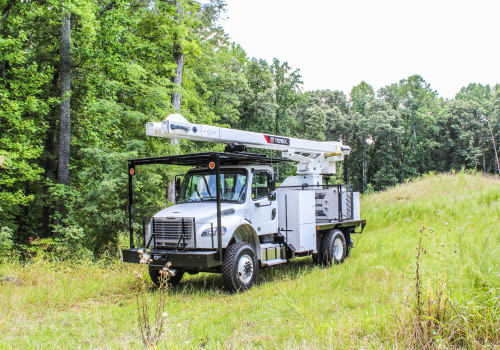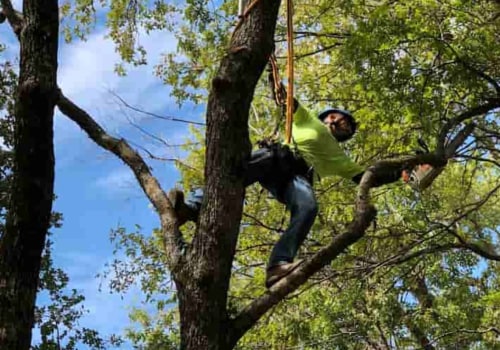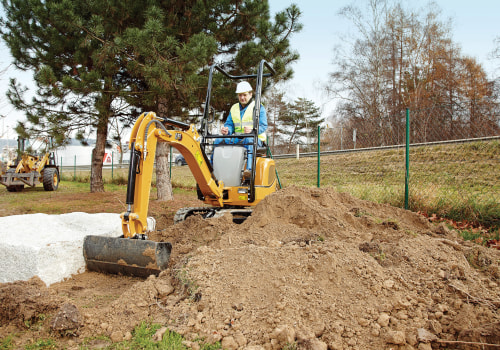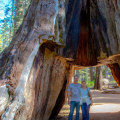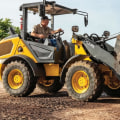Engaging in tree services, whether for pruning, removal, or maintenance, involves working in hazardous conditions that require specialized safety gear. The nature of the job exposes workers to risks such as falls, sharp tools, heavy equipment, and unpredictable tree behavior. To mitigate these risks, it is crucial to use appropriate safety gear, ensuring the safety and efficiency of tree service operations. This comprehensive guide outlines the essential safety equipment needed for tree services, highlighting their importance and proper usage.
Personal Protective Equipment (PPE)
The cornerstone of safety in tree services is Personal Protective Equipment (PPE). PPE includes a variety of gear designed to protect workers from injury. Key components of PPE for tree service professionals include:
- Hard Hats: These protect the head from falling branches, tools, and other debris. Hard hats with chin straps are preferred as they remain secure during climbing or sudden movements.
- Eye Protection: Safety glasses or goggles shield the eyes from sawdust, wood chips, and other particles. For enhanced protection, consider face shields that cover both the eyes and face.
- Hearing Protection: Chainsaws and other machinery used in tree services generate high noise levels that can damage hearing. Earplugs or earmuffs should be worn to protect against noise-induced hearing loss.
- Gloves: Durable gloves are essential for protecting hands from cuts, abrasions, and splinters. They also provide a better grip on tools and tree branches.
- Work Boots: Sturdy, steel-toed boots offer protection against falling objects and provide stability on uneven terrain. Non-slip soles are crucial for maintaining traction, especially in wet or muddy conditions.
Climbing Gear
Tree service professionals often need to climb trees to perform their tasks. Proper climbing gear is essential for ensuring safety at height. This includes:
- Climbing Harnesses: A well-fitted climbing harness distributes weight evenly and provides support during ascents and descents. Look for harnesses that meet industry safety standards.
- Ropes and Lanyards: Strong, reliable ropes are vital for climbing and securing workers to trees. Lanyards add an extra layer of safety by tethering climbers to anchor points.
- Carabiners: These metal loops with spring-loaded gates connect ropes and harnesses, ensuring secure attachments. Carabiners should be checked regularly for wear and tear.
- Ascenders and Descenders: These devices assist in climbing and descending ropes. Ascenders lock onto the rope as the climber moves upward, while descenders control the speed of descent.
Chainsaw Safety Gear
Chainsaws are commonly used in tree services, posing significant risks if not handled properly. Safety gear for chainsaw operation includes:
- Chainsaw Chaps or Pants: These protective garments are made from cut-resistant material that can stop a chainsaw blade before it penetrates the skin. They should cover the entire leg length.
- Chainsaw Helmets: Integrated helmets with face shields, earmuffs, and hard hats offer comprehensive head protection when using chainsaws.
- Protective Jackets: Jackets made from cut-resistant material provide upper body protection. Some designs include high-visibility colors for enhanced safety.
Fall Protection
Falls are one of the leading causes of injuries in tree services. Fall protection gear is crucial for preventing serious injuries or fatalities. This gear includes:
- Safety Harnesses: Full-body safety harnesses distribute impact forces across the body in the event of a fall. They should be used in conjunction with fall arrest systems.
- Fall Arrest Systems: These systems typically include a safety line and shock-absorbing lanyard. They are designed to stop a fall quickly and safely.
- Positioning Systems: These systems allow workers to maintain a stable position while working at height. They free up both hands for tasks and reduce fatigue.
First Aid Kits
Accidents can happen despite all precautions. Having a well-stocked first aid kit on-site is essential for providing immediate care in the event of an injury. First aid kits should include bandages, antiseptic wipes, pain relievers, and emergency contact information. All team members should be trained in basic first aid procedures.
Training and Certification
Proper training and certification are as important as the gear itself. Workers must be trained in the correct use of safety equipment and understand how to perform their tasks safely. Certification programs, such as those offered by the International Society of Arboriculture (ISA), provide standardized training and ensure that tree service professionals are competent and knowledgeable.
Conclusion
In conclusion, safety gear is indispensable in the tree service industry, protecting workers from the numerous hazards they face on the job. From Personal Protective Equipment (PPE) and climbing gear to chainsaw safety gear and fall protection, each piece of equipment plays a crucial role in ensuring worker safety. Companies like King Tree Solutions Pro emphasize the importance of using high-quality safety gear and proper training to maintain safety standards. By investing in the right equipment and training, tree service professionals can perform their tasks efficiently and safely, reducing the risk of injury and enhancing overall productivity.
